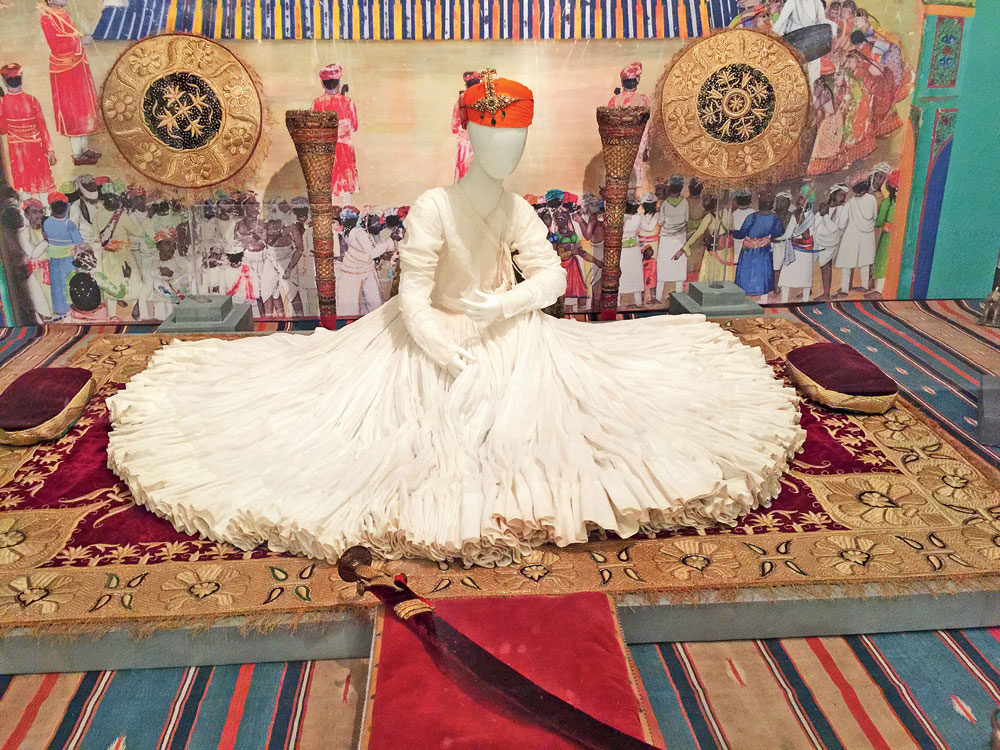Nestled in the historic city of Ahmedabad, the Calico Museum of Textiles continues to enchant visitors as India’s first and finest museum dedicated solely to the art, science, and history of textiles. Founded in 1949 by industrialist Gautam Sarabhai and art connoisseur Gira Sarabhai, the museum has become a cornerstone of India’s cultural preservation efforts.
Initially housed in the Calico Mills complex, the museum found its permanent home in The Retreat, the Sarabhai family estate in Shahibaug, in 1983. Since then, it has flourished as a research center and sanctuary for textile traditions that span centuries.
The museum showcases an extensive collection of Mughal court textiles, regional fabrics, ritual costumes, and sacred cloths, some dating back to the 15th century. Visitors can witness the intricacies of Patola silk, Kashmiri shawls, resist-dyed cotton, and rare Jain manuscripts that speak volumes of India’s artisanal legacy.
Admission remains free, but access is strictly limited to pre-booked guided tours. The museum offers two daily tours—morning for historical textiles and afternoon for religious artifacts—ensuring an intimate and in-depth experience for scholars and enthusiasts alike.
“The Calico Museum isn’t just a museum—it’s a living archive of Indian identity woven in threads,” said a museum spokesperson. “It’s a tribute to the weavers, designers, and patrons who shaped our cultural and economic past.”
Now recognized as a heritage institution under state protection, the Calico Museum plays a key role in design education and global textile research. As India continues to gain international attention for its handloom and handicrafts, institutions like this remain vital in bridging the gap between tradition and innovation.







